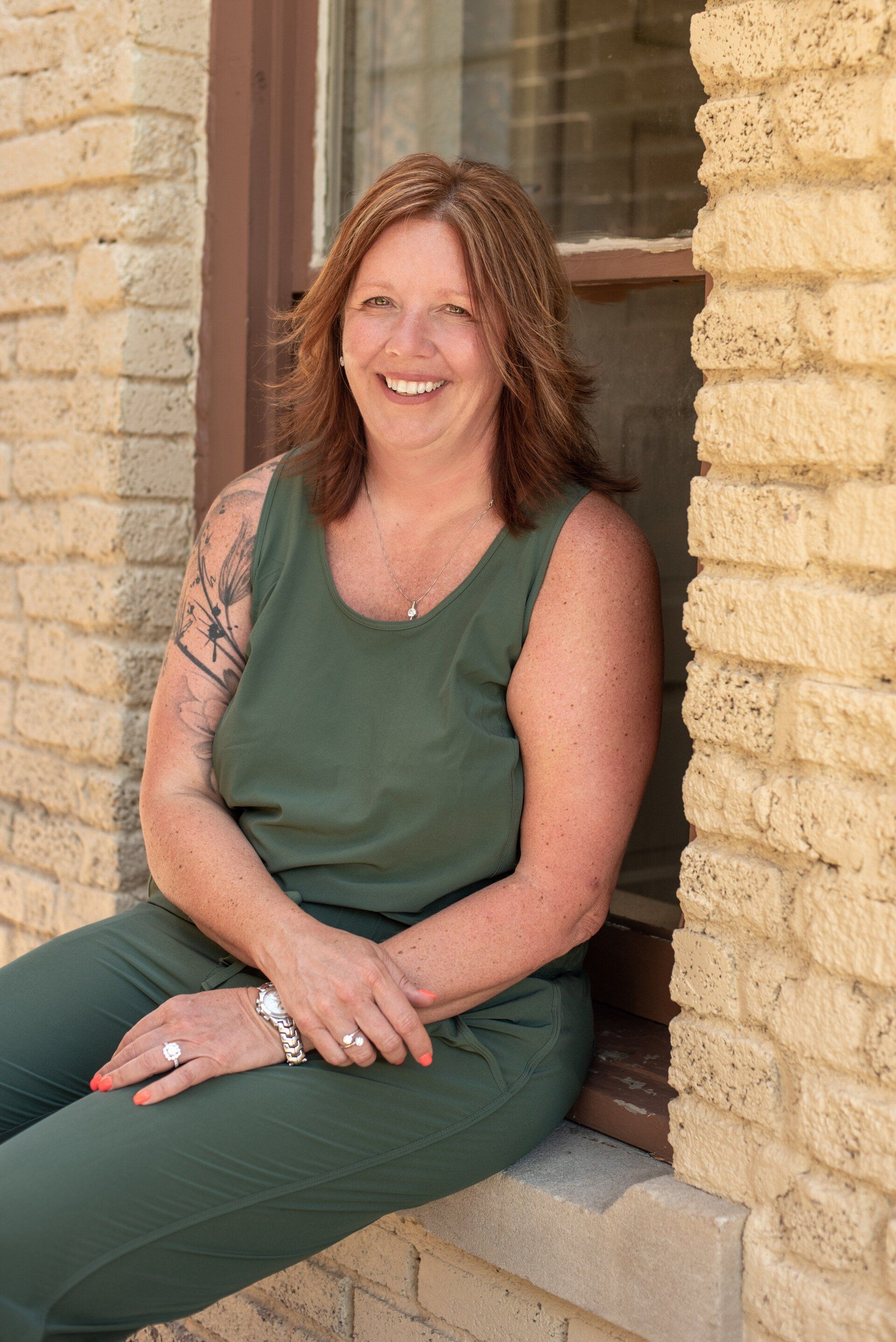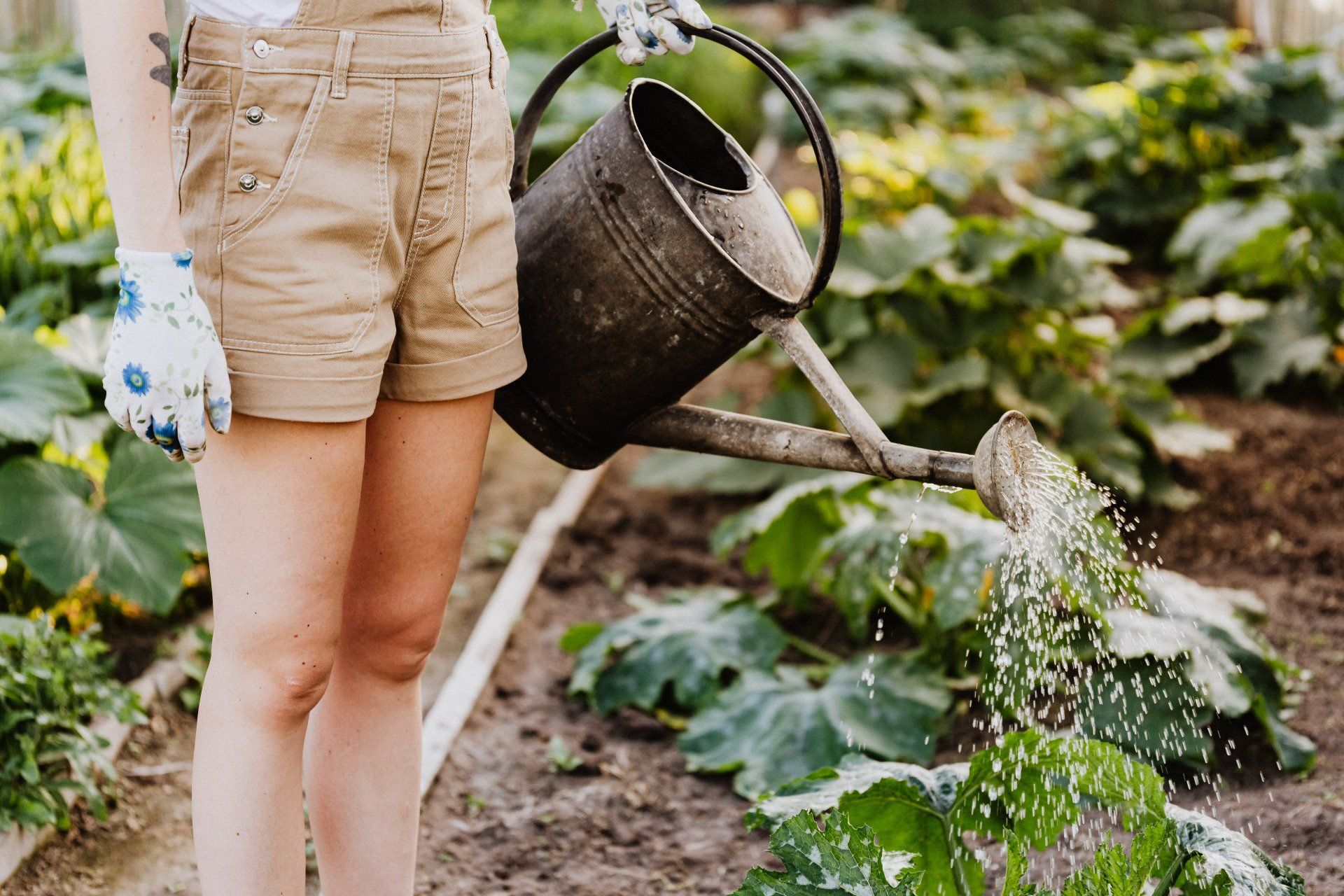Stephanie Nesselhuf knew she needed to make a change.
Nesselhuf is the owner of Shifting Spaces, LLC. If you follow her on Instagram, you’ll see the magic she’s created from shifting fixer-uppers into beautiful properties. Nesselhuf has a big job as a General Contractor — working 70-80 hours per week. Each day is different and has different challenges than the last. “Just when I think I have a plan down, there is a toilet that leaks or a sub-contractor that doesn’t show up or someone that shows up early.”
In addition to flipping houses, Nesselhuf has an EdS in School Psychology and works six days a month as a school psychologist during the school year.
Like employers across the nation, Nesselhuf was struggling to find willing and able workers and was having issues with sub-contractors showing up on time ... or at all. “The most stressful things for me ... with the lack of people willing to work or sub-contractors willing to show up for scheduled appointments.” As a dedicated business owner, Nesselhuf had to do whatever it took to get the job done. This oftentimes meant long days and missing out on spending quality time with friends and family.
Nesselhuf felt she had no work-life balance. “Zero balance. It is literally work seven days a week. I am unable to enjoy the home that I worked so hard to remodel. The marriage that I waited so long for to enjoy. The only time I remotely relax is when I go out of town, but even then, I am always on the phone or ordering materials or stressed out wondering if guys are showing up or doing what they should be doing.”
The stress of her work was affecting her personal relationships and Nesselhuf’s health. “I could feel my health failing and I didn't want to get to the point where I had a heart attack or stroke. I saw the signs coming and I didn't want to be that person that worked themselves into a grave. I started telling those around me that this money is not worth it if I am dead.”
So, Nesselhuf made the courageous decision to make a change. She decided she needed more balance, more time with loved ones, and an opportunity to focus more on her health. So, about three months ago, she stopped buying houses to flip.
However, Nesselhuf isn’t letting go of her passion for real estate. She decided to take real estate classes and is planning on finding work that highlights her natural talents and passion for real estate and design, while continuing her work as a part-time school psychologist.
Nesselhuf is excited for her next chapter and “getting [her] jam back.” “I am looking forward to golfing, yoga, biking, and really taking care of myself more in the next few years.”
To hold herself accountable, all while inspiring others to evaluate whether they’re experiencing burnout, Nesselhuf posted on Facebook about her struggle and plans for change.
“I think the first thing is to recognize it in yourself and then talk about it. Publicly admitting it and letting people know that it is ‘a thing’ and okay to talk about it. Personally, I posted it on my Facebook page for a few reasons. One, to hold myself accountable. Two, to see if others saw it in themselves and it if would help them. I had three friends reach out to me privately and want to talk after that post. I think that people struggle with stress, burnout, work addiction, whatever you call it, and it is imperative that people talk about it. Otherwise, people are embarrassed and feel as if they are the only ones that struggle and feel that way."



